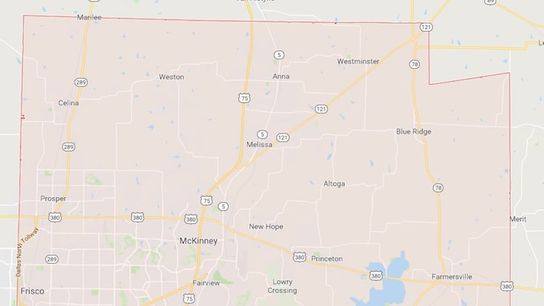Welcome to Collin County, Texas.
Sitting directly to the north-northwest of Dallas, Collin County was formerly a collection of farming communities, but over the past 20 years it's been at the crest of the wave of high-paying jobs and new money and urban sprawl that's splashed across Texas. The county's population has nearly quadrupled in the past two decades, from 264,000 in 1990 to an estimated 969,000 in 2017. Collin County's median income of $80,504 was the highest in the state and in the top 1.54 percent of counties in the nation, and its median home price of $319,678 is more than 50 percent higher than the national average.
And nowhere is the county's growth more evident than in its high school football stadiums. Let's go on a tour, shall we?
This is Allen.
In 1990, not even 20,000 people lived there. Now, Allen is threatening to become Texas's 39th 100,000-resident city. You've probably heard of Allen, because it was here that the over-the-top high school stadium trend was born, a $60 million, 18,000-seat, single-use, single-school palace that opened in 2012.
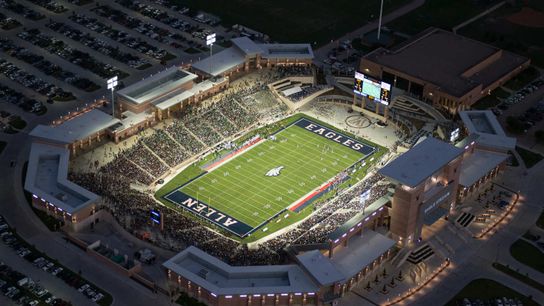
Now let's head north on Highway 75.
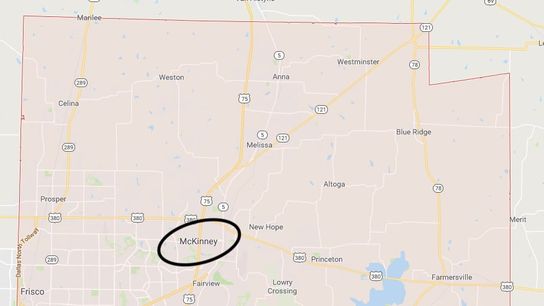
McKinney was home to around 54,000 in 2000. It's now closing in on the 175,000 mark. Its residents funded this $70 million, 12,000-seat stadium to be shared by three high school, which opened this fall.
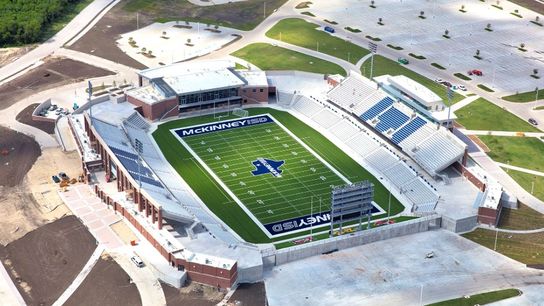
Now let's head south on 75, shoot across the Sam Rayburn Tollway and then head north on the Dallas North Tollway.
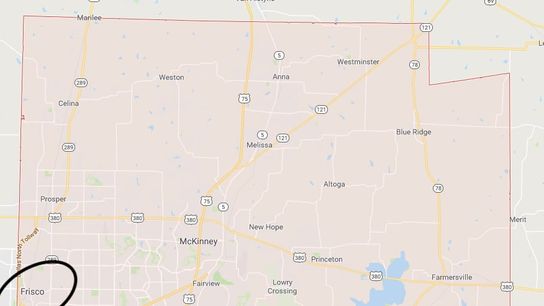
Frisco has been one of the fastest-growing cities in America for a generation now -- 1990 population: 6,000; today: 163,000 -- and the city has used sports to boost its profile. It's the home of the area's MLS team, FC Dallas, the Rangers' and Mavericks' minor league affiliates and the Cowboys' and Stars' practice facilities. You've heard of The Star, but you may not be aware that's also where the city's eight high schools play. The city and Frisco ISD covered $90 million of the $262 million to build the Ford Center indoor facility, which holds 12,000 people.
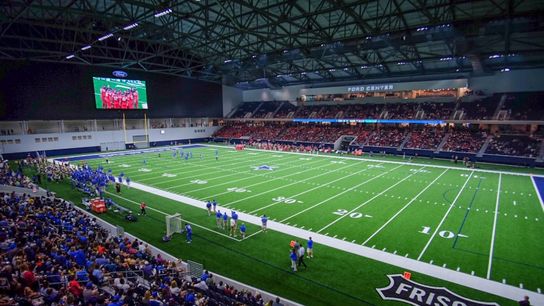
Now let's head north again.
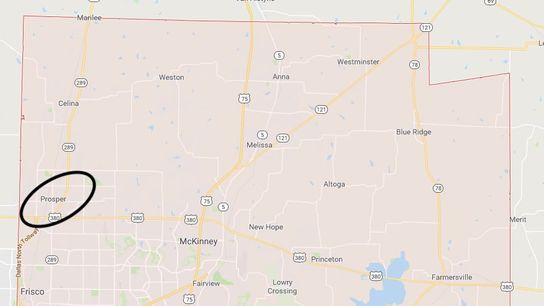
Prosper claimed around 9,000 residents in 2010 and has exploded over the course of this decade, but is still a few decades behind its neighbors, now home to "just" 18,000 people. But that hasn't stopped its residents from building a high school football palace of its own. Last summer, Prosper ISD proposed this $48 million, 12,000 stadium. Prosper's one high school was in Class 3A a decade ago. It's now a Class 6A school -- the state's largest classification, where it shares a district with Allen and two of McKinney's schools -- and a second high school will open in 2020.
Finally, let's head north one more time.
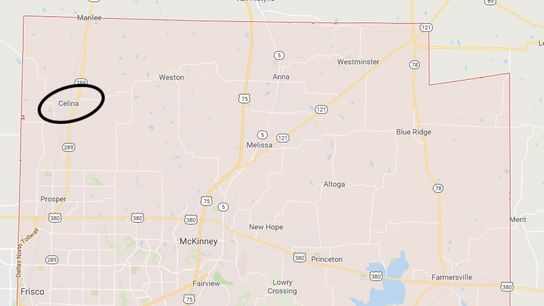
This far north farming town is just now beginning to experience the ripple effects of the tidal wave of growth that has enriched its southern neighbors. Less than 2,000 people called Celina home as recently as 2000. Now, 8,000 do.
But Celina has something its neighbors do not: a history of football success. The Bobcats have won eight state championships. All of those state crowns were won in Class 3A or smaller; Celina is now in Class 4A Division I, the fourth-largest of Texas's 11 classifications. As the city prepares for growth, Celina ISD has announced a facilities package that will rival any small college's.
While details are still forthcoming, you can see the new Celina ISD Athletic Complex will include a new stadium, a new weight room, an indoor facility, a new locker room, a new dining hall and a team meeting room.
Turns out, when your neighbors are actually the (Jerry) Joneses, you've got a lot to keep up with.
